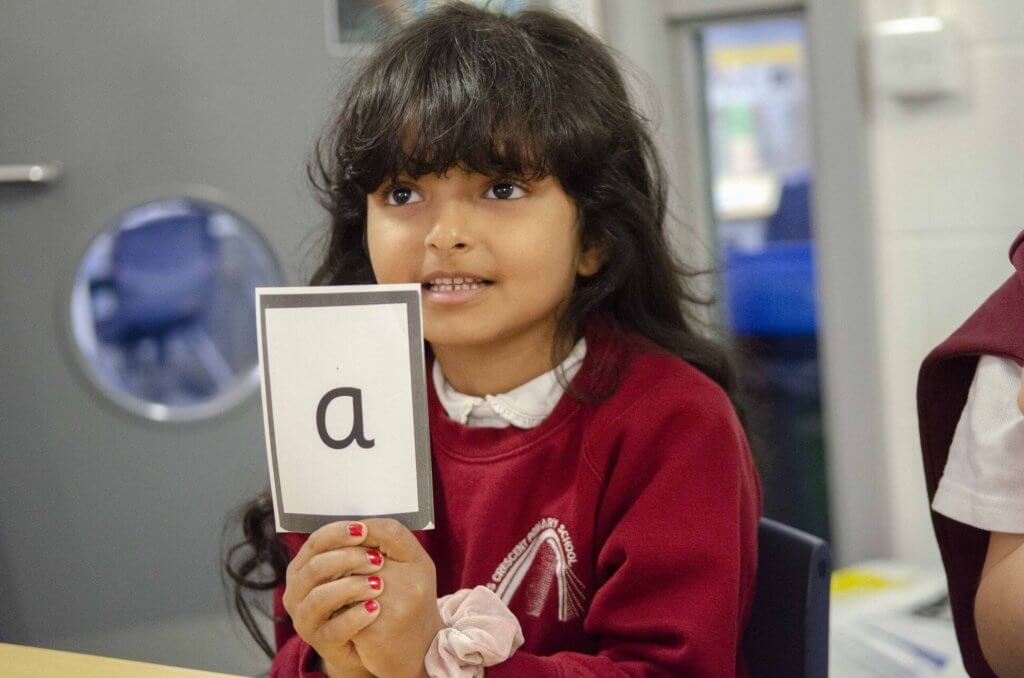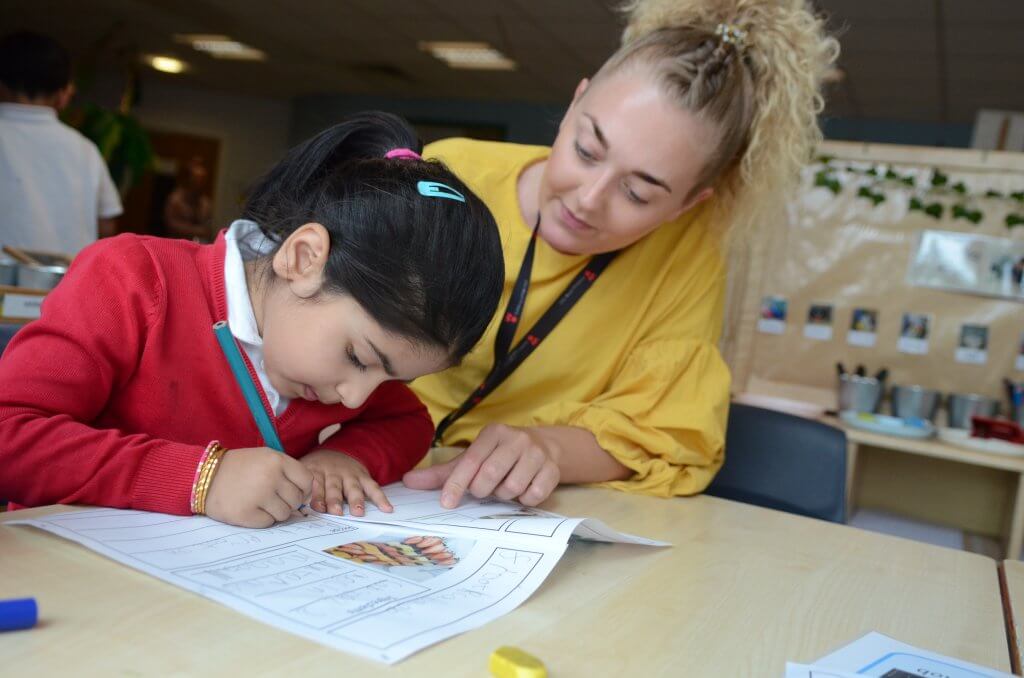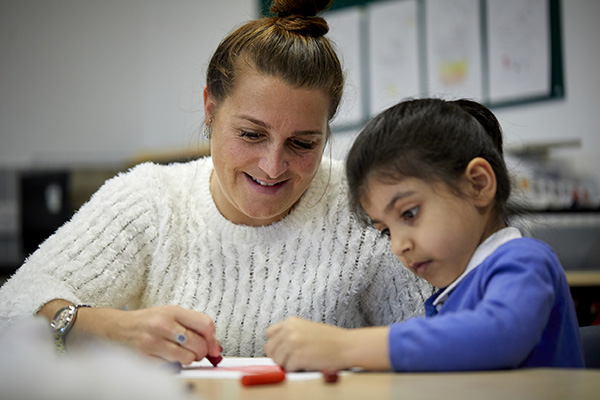When I visit schools, I often hear the phrase ‘reasonable adjustment’ used in regards to altering the content or style of academic work in order to match the requirements of different pupils. This is never truer than in children with SEN, who may just need small, practical changes to the curriculum content in order for them to be able to access it.
It is wonderful to hear educational staff thinking creatively about how to support the development of a more person-centred curriculum for these children, with the delivery and assessment of the work altered to suit the individual. At times, however, it seems as if there is an oversight of the pupils with special education needs (SEN) stemming primarily from social, emotional and mental health (SEMH) difficulties, meaning that their equivalent ‘reasonable adjustments’ are seemingly neglected.
I wonder if this is, in part, due to the fact that the often invisible challenges of SEMH are much harder to quantify and as such, perhaps to mitigate. Mental health problems are typically unnoticed from an aesthetic, outward assessment and can be misunderstood as challenging behaviour, shyness, defiance or apathy; consider these vignettes:
Visible Challenges:
A child had been badly injured in an accident and required the use of a wheelchair whilst their body healed. This meant that their desk needed swapping for a taller version, as they could no longer fit under their regular table. Additionally, this child required some help to move around the bustling school, as navigating the hallways and corridors at peak moments of high traffic seemed logistically challenging.
The school responded exceptionally well to the clear change in needs of this child, ensuring that they were still involved in the class PE and sporting activities, even if only as an enthusiastic supporter. Lunchtime required planning as the chair the child uses now did not allow for ease of access to the servery, meaning that lunch needed to be sourced for them, after some discussion about their preference from the menu on offer that day. Food could not be consumed at the ordinary location due to the height of the wheelchair and so alternative arrangements needed to be made enabling the child to eat in the hall with friends but at an appropriate location.
There were a number of logistic and practical challenges which were encountered by this child and staff were more than happy to support, especially as the problems encountered were so easily noticed and the child involved so happy to receive the help.
Some children do not have visible signifiers which indicate that they have additional SEMH needs. Around one in ten primary school pupils have a clinically significant mental health difficulty, most of which you cannot see with the naked eye and many of which pass undiagnosed and unsupported. Over half of all mental health problems start before age 14 and over three quarters of SEMH issues have developed before age 18.
Invisible Challenges:
After suffering significant early trauma, a child was removed from the care of their biological parents and put into foster care. A number of years and moves later, this child finally gets a placement which sticks and appears outwardly to have found some stability.
The challenges emerge some time later, due to a difficult childhood and unsatisfactory attachment relationships, this child has built an internal working model which casts the world and the people in it as untrustworthy, unreliable and uncaring. They cannot meet the needs of the child. More pertinently, as the belief suggests, conceivably nobody ever can. Perhaps this is because the child is unlovable, unworthy and at fault for the breakdown of the original family unit. These thoughts are held within the mind of the child and become embodied as part of an identity. They can manifest in challenging, avoidant or controlling behaviour. The blueprint for safe and successful relationships is not present and so when these are encountered, they are unrecognisable and mistrusted.
This child needs a great deal of relational support and emotional intervention to support their development, but this will be hard for them to tolerate and trust. The scars in their mind are invisible and so often these difficulties are misinterpreted and unheeded. This child does not respond quickly or happily to adults trying to support them, adding to the likelihood that they will not receive appropriate intervention and resultantly, cannot access learning effectively.
This mental health week, I hope that staff take the time to reflect on the ways in which challenges to mental health have an impact on the way in which children are able to access learning. There are a number of reasonable adjustments which can be made to accommodate individual and differing needs and this should be done so with the same passion and commitment as exhibited regarding inclusion for physical disabilities.
Sometimes concerns arise around the notion of treating one child differently to another, particularly in regards to the behaviour expected from them in school, but is this not the case when a child attends school with a broken arm or leg? Similarly, if a pupil has just endured a traumatic experience, such as a sudden bereavement, would we not anticipate some kickback in terms of the behaviour that they exhibit in response to this? Just because something is invisible, doesn’t mean that it isn’t there. Most staff know that this is true in the impact that they notice of certain personalities or happenings in class. Children with mental health problems can find school life hard to tolerate and small requirements for a typical child (such as being quiet in a corridor or keeping a blazer on) can feel impossible. Sometimes a lack of understanding of mental health needs lead to children being punished or excluded.
For children with and SEN from SEMH challenges, there are a number of adaptions which can be made to support them: take the time to consider the variety of SEMH problems which could be at play and consider some altered approaches, encourage key staff to develop relationships with the child (they will only be able to learn when they feel safe), consider creating an alternative and individualised curriculum for them when they are struggling, consider the views of the child and assist them in growing their autonomy, create opportunities for positive growth and chances to succeed (play to their strengths), consult with specialist teams, such as ETS around therapeutic support for the child to understand their inner world, think systemically and engage with family and the social environment of the child. By thinking creatively, school staff are often able to find small openings through which they can begin to reengage a child and reintegrate them into a positive and fulfilling relationship with the school environment.
Educational leaders need to have faith that not only is there is room for both behaviour and SEMH policies, but that it is at the intersect of these parameters that a number of the most vulnerable individuals in the school setting exist. In focusing our energies into careful and creative consideration of the adjustments that can be made for children with mental health difficulties, I believe we can accommodate, engage and retain a growing number of pupils.
ABOUT THE AUTHOR
Colette is passionate about using creativity to support positive mental health in children, families and communities. She enjoys engaging families through dyadic therapy (parent-child), working in 3D with natural materials like clay, and working across creative modalities to deliver dynamic and insightful team trainings.
Please get in touch or visit this page for more information.













